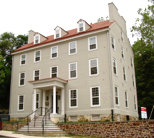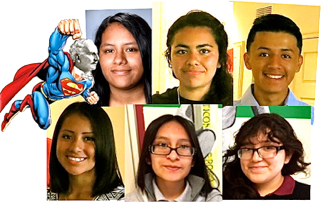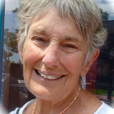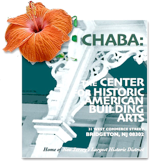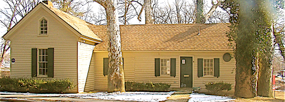THE [chaba] BACKSTORY
CHABA was incorporated in 2009 and became an official 501c3 non-profit in 2011.
We were first inspired by an effort to fend off demolition of the infamous “Bertini Building,” a key contributing structure in the Northgate region of the Historic Distric and an unwelcome icon of the “failure “of historic
preservation in Bridgeton.
But even as the economic downturn dashed hopes for a new project of adaptive reuse of the Bertini,* it highlighted CHABA’s larger mission
to the entire district.
*demolished, Summer 2017
We thought a living community
could be both historic and futuristic,
so we reached out to likeminded activists and discovered a common vision for sustainable preservation, and a shared willingness to model integrated, people-centered, hands-on ideas for preserving a past and present laboratory of the American dream.
OUR MISSION
Given the size of its district and the variety of its housing and building stock, Bridgeton enlarges everything we do. Even as we mean to make this city a better place to live,
we also mean to use the cachet of this distinctiveness and the challenge of this size as opportunities to amplify our work. We aim to make Bridgeton a case study of what conviction, spirit and imagination can do to “model innovative preservation as an engine of sustainable housing improvement, jobs creation, quality of life,
& economic reinvestment in the
largest historic district in the state.”
OUR VISION
Simply as a time-capsule of past American struggles for upward mobility, Bridgeton is an exciting place to do public history. But it is also exciting as a place where, as they say,
“la lucha continua”--a laboratory of the future of homeownership, that great American pathway to the pursuit of happiness.
This same struggle almost literally to gain ground was and remains a part of the visual, environmental fabric of this city. Virtually every historic American vernacular tradition in architecture still stands here, ready to teach us about the past, but also about this thing called “sustainability”--the now and future of that past. And oral history is still accessible to tell the stories the houses themselves can’t tell.
We learn as we go. The promise of this project is that it is organic and incremental. Each new educational phase is the byproduct of cautious progress: from saving a window to saving a structure, from one building to many, from salvage to advanced carpentry, from shop program to seminar, from individual story to family story to community story.
We will explore funding opportunities with major foundations and agencies that see the potential for simultaneously (or separately) addressing the needs of our kids and families as well as meeting present and future jobs, housing, and historic preservation goals through our variety of projects. We also hope to be able to sell some of our services to build our financial and “maker” capacity, while we work to create a revolving fund and to design and publicize small pilot/ demonstration projects that bring public and private resources together.
Measuring our success locally and against other urban projects, we hope to amplify the solutions that have traction here and in other communities; bring in experts to see what we are doing and advise us on doing it better; and build an accountable program to which larger funders may securely commit resources.




![[chaba]](About_us_files/shapeimage_4.png)














